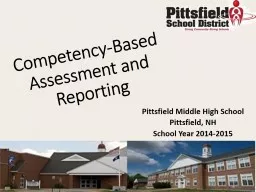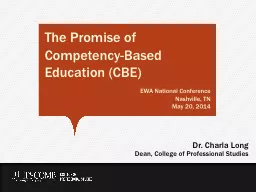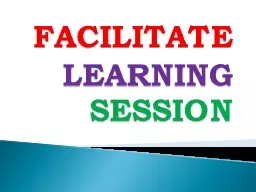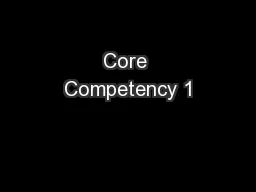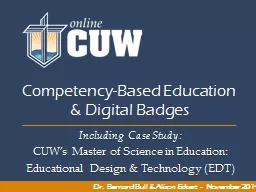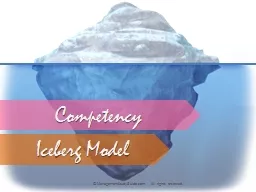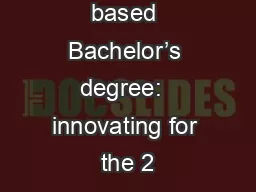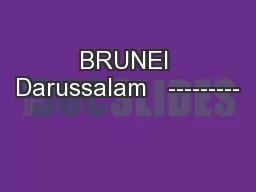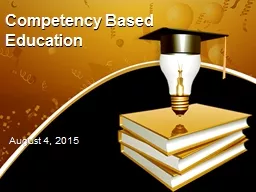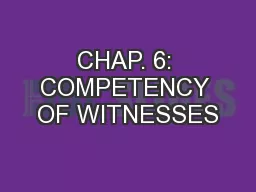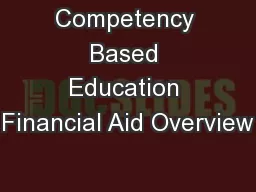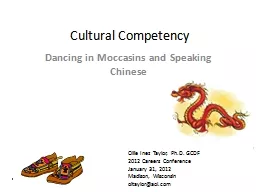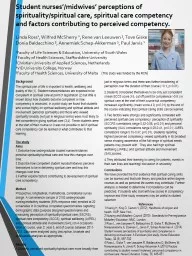PPT-Competency-Based Assessment and Reporting
Author : conchita-marotz | Published Date : 2018-01-31
Pittsfield Middle High School Pittsfield NH School Year 20142015 Each course has content competencies with 4 point coursespecific rubrics Students earn credit only
Presentation Embed Code
Download Presentation
Download Presentation The PPT/PDF document "Competency-Based Assessment and Reportin..." is the property of its rightful owner. Permission is granted to download and print the materials on this website for personal, non-commercial use only, and to display it on your personal computer provided you do not modify the materials and that you retain all copyright notices contained in the materials. By downloading content from our website, you accept the terms of this agreement.
Competency-Based Assessment and Reporting: Transcript
Download Rules Of Document
"Competency-Based Assessment and Reporting"The content belongs to its owner. You may download and print it for personal use, without modification, and keep all copyright notices. By downloading, you agree to these terms.
Related Documents

